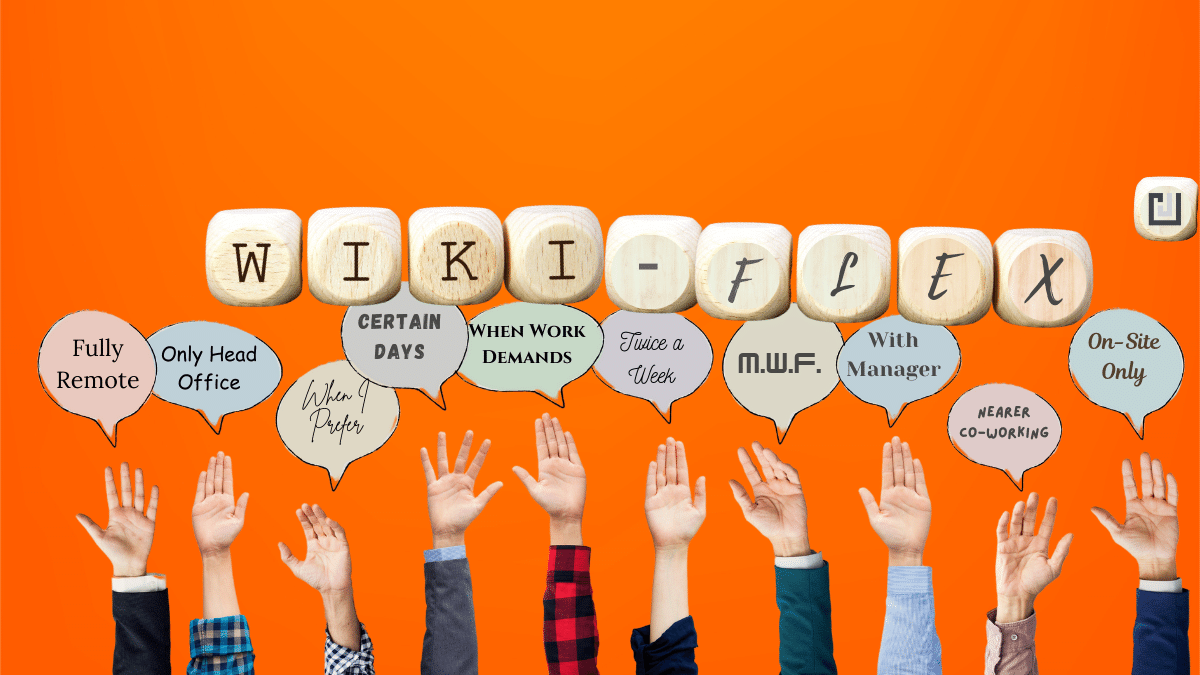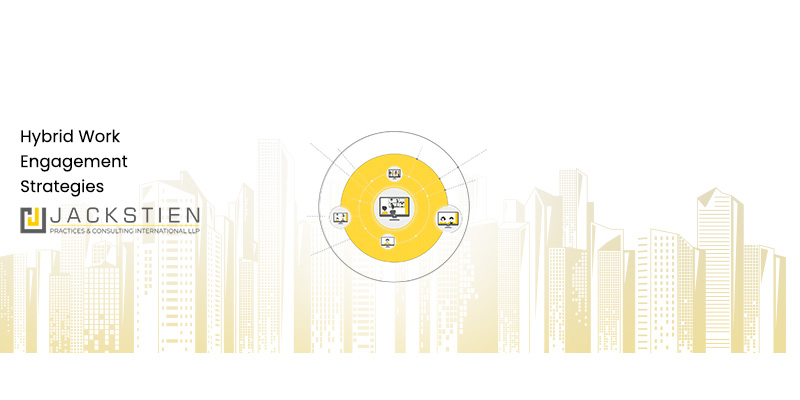Staff turnover is often perceived as a routine part of business operations.
But as staff turnover has become endemic in the wake of the Great Resignation, what often goes underestimated is its true financial impact.
As staff turnover increases, lack of flexibility is one of the most often quoted reasons along with lack of opportunity.
If the cost of flexibility seems high, wait till you tally the financial cost of staff turnover.
In the dynamic world of business, staff turnover can significantly affect a company’s bottom line. It is like a silent force that can wreak havoc on your company’s finances. From recruitment expenses to loss of productivity and customer dissatisfaction, the financial implications of staff turnover are staggering.
In this article, we will explore the true costs of staff turnover and its hidden, multifold impact on your business.
What are the costs of turnover?
Company X a thriving tech startup, recently lost two of their skilled software engineers. Sarah joined a competitor who gave higher flexibility in work timings for the same pay. Jay joined a competitor who had a hybrid work policy with a higher pay Sarah’s departure leaves a gap in the team and creates a ripple effect throughout the organization.
The first question that arises is, “What are the costs associated with the employee turnover?”
The answer lies in the hidden costs that start accumulating from the moment an employee decides to leave. These costs are less visible, but equally impactful. Staff turnover goes beyond the surface-level inconvenience of replacing employees. It includes many direct and indirect costs that can have a significant financial impact on the business. From recruitment expenses to decreased productivity.
Direct Costs Recruitment and Training Expenses: Recruiting and hiring new employees entail various expenses, including job advertisements, recruitment agency fees, and background checks. Additionally, the onboarding and training process requires time, resources, and potential external training costs. By examining these direct costs, you can better grasp the financial burden of staff turnover.
Indirect Costs Productivity Loss and Knowledge Drain: When an employee leaves, it can lead to a temporary decline in productivity and efficiency. Other team members may need to shoulder additional responsibilities, resulting in increased workloads and potential burnout. Furthermore, the loss of institutional knowledge and expertise can create a knowledge drain within the organization.
Below is a list of some tangible and intangible costs associated with high turnover rates, to shed some light on how significant implications are caused, as an after effect of the turnover, that extend well beyond the surface level expenses.
1. Internal Training
When valuable employees leave, the need to train new hires arises. Internal training programs demand time, resources, and expertise from trainers and mentors within the organization. From onboarding sessions to job-specific skill development, the costs can quickly accumulate. Additionally, supervisors and team members who dedicate their time to training new hires are diverted from their primary responsibilities, affecting productivity and overall efficiency.
2. External Training Expenses
In roles where hiring fully trained professionals isn’t feasible, external training becomes a necessity. Sending new employees to workshops, seminars, or specialized courses incurs additional expenses. From registration fees to travel and accommodation, these costs can strain your organization’s budget. High turnover rates exacerbate these external training expenses, creating a financial burden that directly impacts on your bottom line.
3. Time of Supervisors and Others
Supervisors play a crucial role in onboarding and guiding new hires. However, when turnover is high, supervisors invest a significant amount of time in assisting and training newcomers. This diverts their attention from strategic tasks, team management, and their own professional growth. The more time supervisors dedicate to onboarding, the less time they have to contribute to driving the organization forward and achieving key objectives.
4. Knowledge and Skills Gap
Experienced employees possess valuable institutional knowledge and specialized skills. When they leave, the organization faces a knowledge and skills gap that needs to be filled. Hiring new employees or investing in training existing staff to bridge this gap incurs costs and can impact the quality and timeliness of work.
5. Delayed Time to Meaningful Contribution
New employees require time to acclimate and reach their full potential. During the initial phases, their productivity tends to be lower than that of experienced team members. As they familiarize themselves with company processes, policies, and systems, it takes time for them to contribute meaningfully. The longer the onboarding period, the greater the financial impact on productivity and overall output.
6. Loss of Process Familiarity and Interpersonal Dynamics
Experienced employees possess a deep understanding of your organization’s unique processes, workflows, and internal dynamics. When they depart, their institutional knowledge walks out the door with them. This loss can result in disruptions, delays, and increased errors as new employees strive to adapt. The time and resources required to rebuild this familiarity can be substantial, directly impacting operational efficiency.
7.Reduced Productivity
When an employee leaves, there is often a temporary dip in productivity as the team adjusts to the loss and a new employee gets up to speed. The time taken for the new employee to become fully productive can result in decreased output and potential delays in projects or deliverables, affecting overall operational efficiency.
8. Overall Implied Costs
While it is challenging to quantify the exact financial impact of employee turnover, it is crucial to recognize that the costs extend well beyond recruitment and training expenses. The cumulative effect of internal and external training, time invested by supervisors, reduced productivity during onboarding, rebuilding institutional knowledge, and reestablishing client relationships can significantly impact profitability. These costs erode your financial resources and limit your capacity to invest in growth and innovation.
9. Reputational Damage and Employer Brand
High turnover rates can harm a company’s reputation and employer brand. Potential job candidates may view frequent turnover as a red flag, making it more challenging to attract and retain top talent. Maintaining a positive employer brand and reputation requires investments in employee retention strategies, which can positively impact the organization’s financial standing.
Impact on Client Relations
Another, often overlooked, aspect is the impact of staff turnover on customer satisfaction and, subsequently, the revenue generated by your business. Clients develop relationships with specific employees who understand their needs, preferences, and unique circumstances. When these trusted individuals leave, it can lead to customer dissatisfaction and, in some cases, the loss of valuable clientele. Customers also have an established level of trust, relying on the expertise and personalized service provided by the departing employee. With their departure, customers may feel a sense of uncertainty, questioning whether they will receive the same level of attention and service from a new employee. In extreme cases, Customers who have developed strong connections with specific employees may feel a sense of loss and may not be willing to invest the time and effort required to establish new relationships with your business. This customer churn can have a direct impact on your revenue, as the loss of loyal customers can be difficult to replace.
Staff turnover can also adversely affect customer service quality. New employees require time to familiarize themselves with the intricacies of your products, services, and customer expectations. During this learning curve, there may be instances where service levels temporarily decline, resulting in customer frustration. If not addressed promptly, this decrease in service quality can erode customer confidence and lead to negative word-of-mouth, damaging your reputation and potential revenue.
Is Staff Turnover Always Bad?
While staff turnover is seen as negative, there are instances where it can be a catalyst for positive change. For instance, when stagnant talent is replaced with fresh perspectives and new skill sets, the company may experience increased innovation and growth. However, this positive outcome is contingent on effective recruitment practices and a strong onboarding process to ensure a smooth transition.
Staff turnover is more than just a revolving door; it’s a financial challenge with far-reaching consequences for any business. If the cost of maintaining a flexible structure seems high, wait till you tally the cost of staff turnover. By understanding the direct and indirect costs associated with staff turnover, companies can take proactive measures to mitigate its impact. Cultivating a positive company culture, implementing effective retention strategies, and investing in the well-being and development of employees are key steps towards reducing turnover and ensuring long-term success. Remember, retaining your best assets not only saves money but also fuels growth and fosters a thriving business ecosystem.


